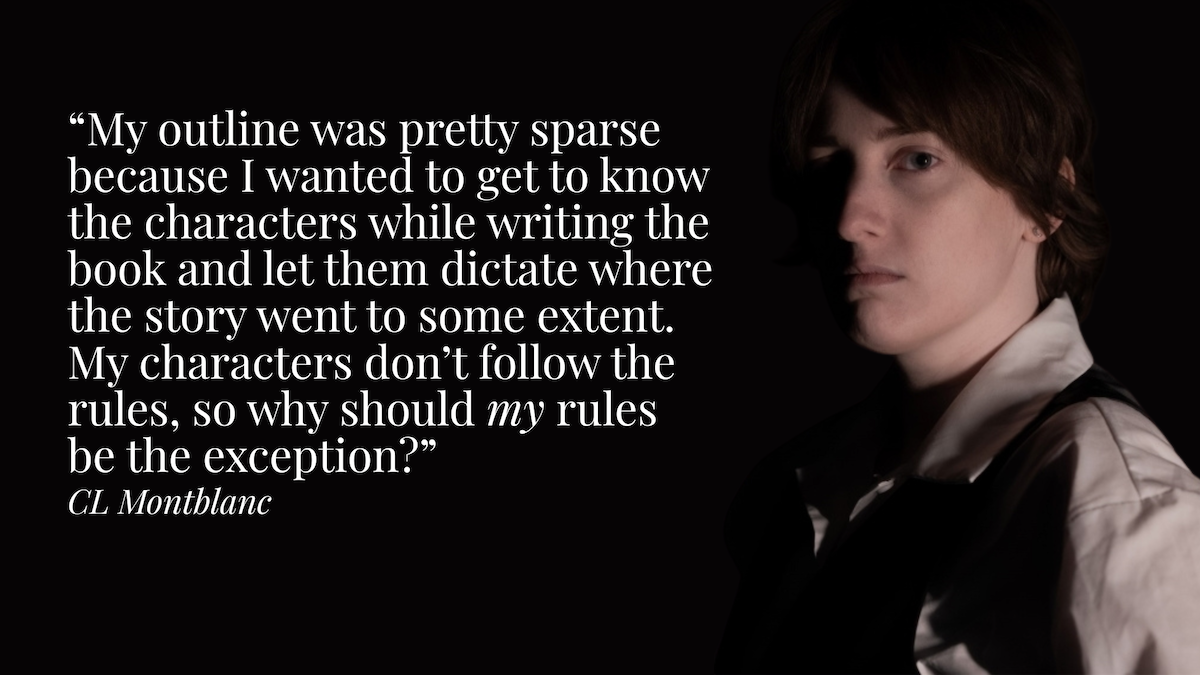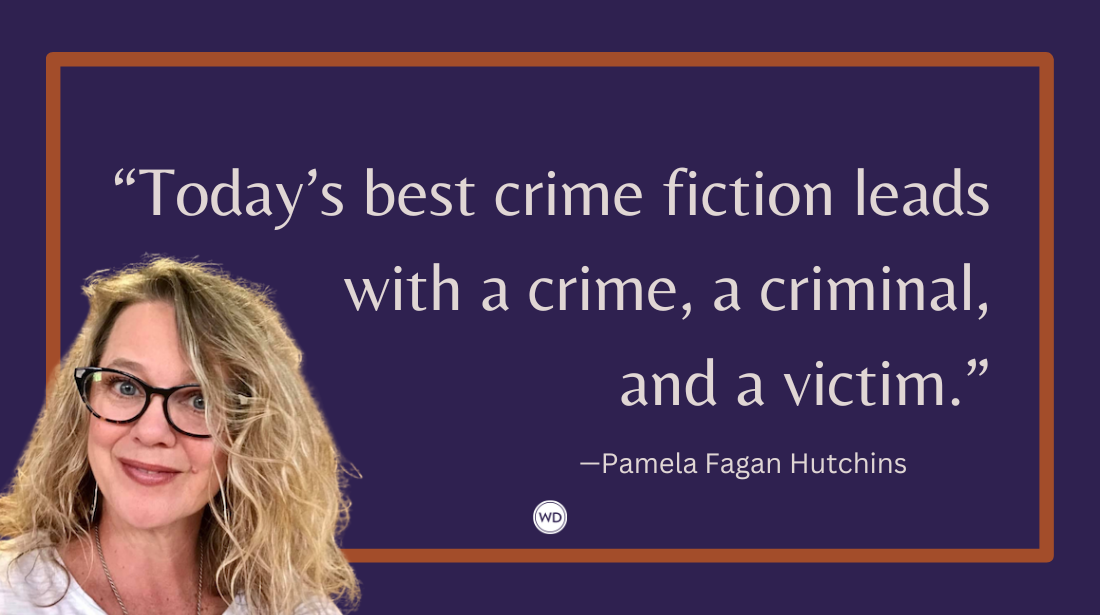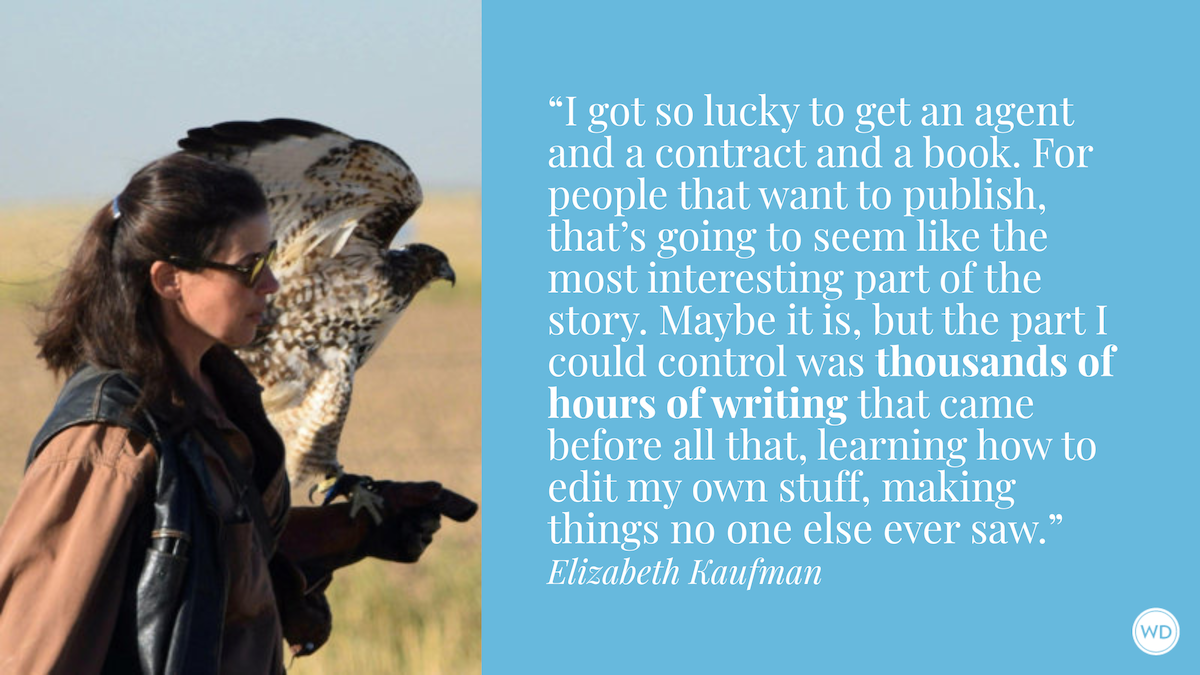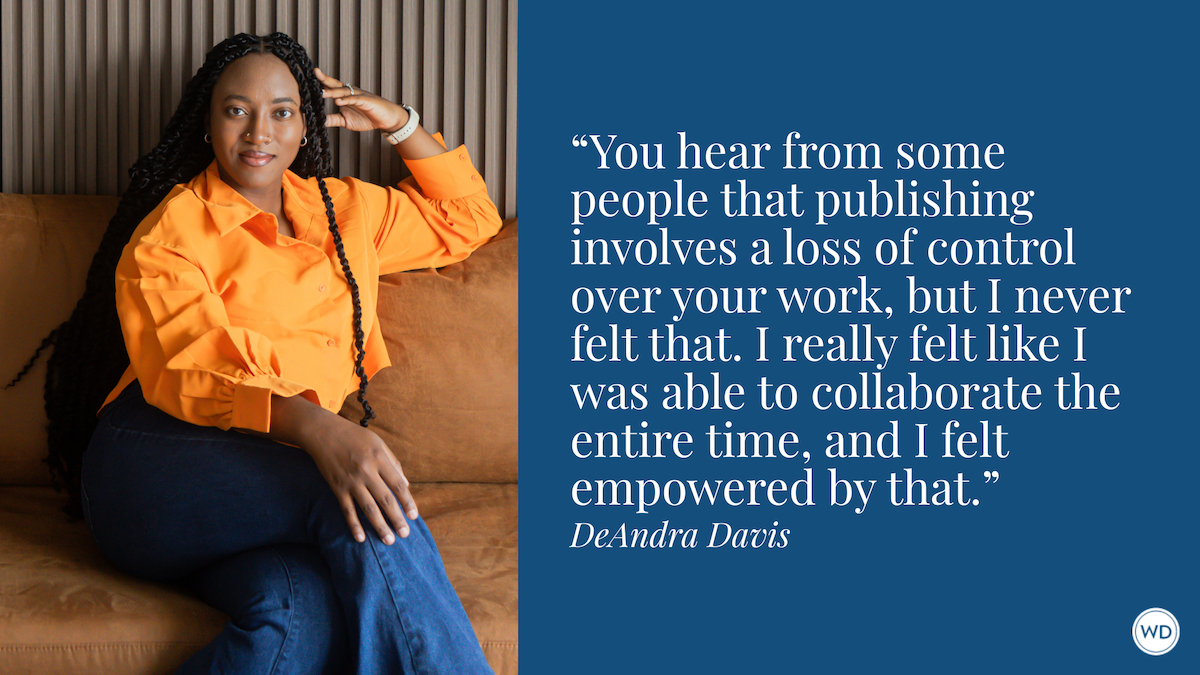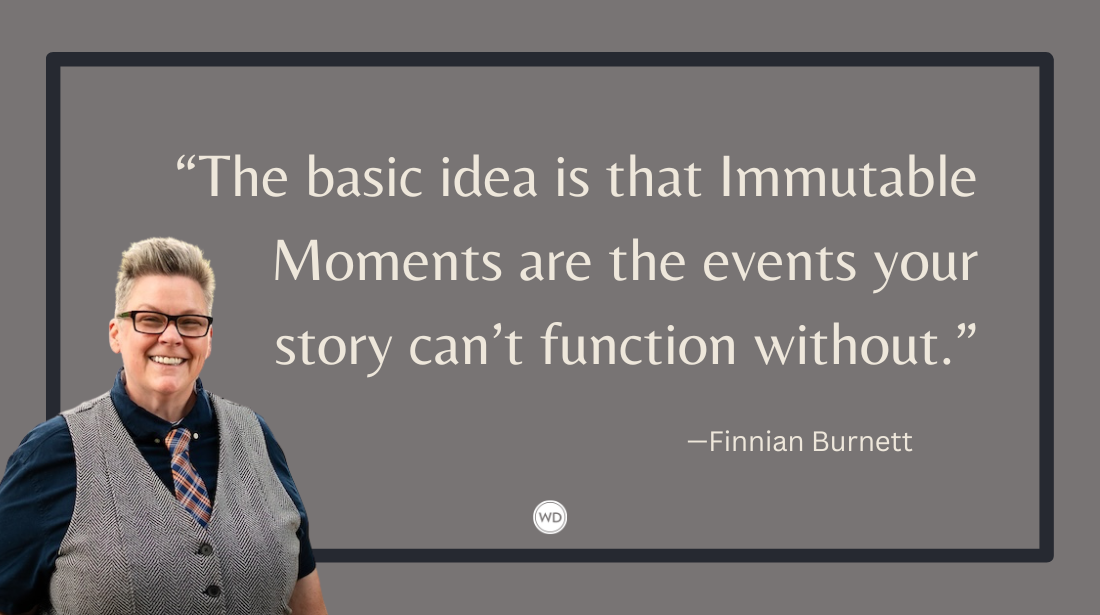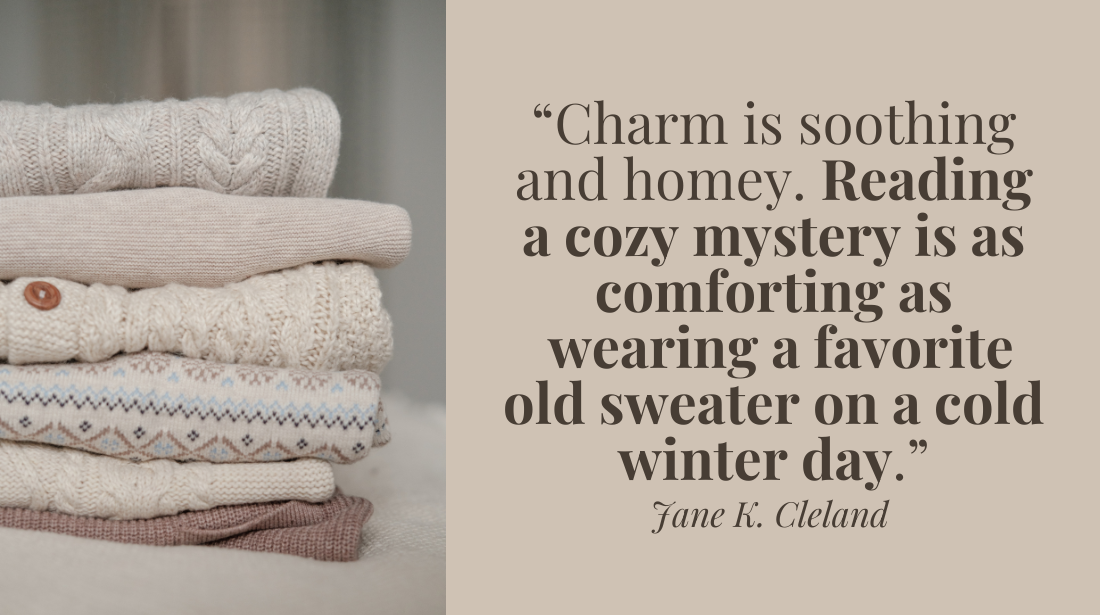3 Tips for Writing Compelling Enemies to Lovers Stories
Enemies to lovers is a beloved romance trope as old as time, and with so many novels to point to as examples, it’s important that your enemies to lovers story reads authentically. Here, USA Today bestselling author Michelle Major shares 3 tips for writing compelling enemies to lovers stories.
As an avid reader from childhood (as most writers are), my devotion to the enemies-to-lovers trope started with Anne Shirley and Gilbert Blythe. From the moment Gilbert pulled Anne’s hair and she cracked that slate over his head … welp … I was hooked.
Used effectively, tropes draw in the reader with something familiar, then writers have the opportunity to make that trope fresh using your unique voice or by turning a classic trope on its head. There is so much depth with the enemies-to-lovers trope, which is why it remains popular with readers—and with this author. From Pride and Prejudice to season two of Bridgerton (and the book on which it’s based, The Viscount Who Loved Me) to Sally Thorne’s wildly popular The Hating Game, romances where the hero and heroine begin at odds are just plain fun.
Here are three tips for making sure your enemies-to-lovers story hooks readers from start to finish.
Tip 1: Make them squirm
The meat and potatoes of this trope is the tension between the hero and heroine. It’s important to establish a conflict that feels real and is deep enough to carry the story. Give them legitimate reasons to not like each other. Some common setups are the characters are rivals or competing for some significant goal or prize. They could be actual enemies from warring countries or families. The hero did the heroine wrong in the past or the other way around.
Have you ever heard the phrase “what you resist persists?” This is often the crux of enemies-to-lovers and when it gets really juicy. Your sworn enemies now have to work together—reluctant allies on a project or quest. The divide should be believable so whether you’re creating an entire fantasy world or writing contemporary romance, make sure readers can feel the tension and conflict. This will make the payoff of them coming together even sweeter.
Tip 2: The big (and little) shifts
So you’ve created two people who hate each other’s guts and love nothing more than to antagonize the other person. Fantastic. Now how to do you shift that bickering to banter in a way that’s believable and gives your readers those sought-after butterflies in their stomach as they turn the pages?
First, it’s not just physical … although the physical attraction is an important part of a romance. One of the most exciting push and pulls of enemies to lovers is that unwanted attraction to the person you can’t stand. Personally, I think subtlety is sexy. Chemistry can be powerful when characters least expect it—the brush of the heroine’s hand or noticing the way the hero’s mouth curves up on one side when he smiles. Add a few of these tiny moments early so that readers get a glimpse of the good stuff that’s headed their way.
But the shift needs to be more than physical. It should include big emotions and a healthy dose of respect. Let the hero and heroine see another side of each other in a way that realistically disproves their negative opinions. This helps make the progression of their relationship feel genuine. It can be done by one character seeing them do something nice for another person or stepping in when they need help.
We’re not going for insta love but the building of trust, leading to (a perhaps reluctant) friendship. Characters need to connect at the level of essence so find ways for them to show their soft underbelly—vulnerability is essential in creating depth and connection on the page.
What are they willing to sacrifice to make their new relationship work? If you’ve created deep, believable conflict, then readers will love going with them on the journey to their eventual happily-ever-after.
Tip 3: Enemies doesn’t mean toxic
The tension inherent in an enemies-to-lovers story is catnip for readers. Bridgerton season two is a great example of that give and take that romance fans adore—Anthony and Kate can communicate more in a breath or smoldering look that it leaves viewers gasping and fanning ourselves from the heat.
IndieBound | Bookshop | Amazon
[WD uses affiliate links.]
That’s what you want on the page, but it’s about overcoming differences or misconceptions. It’s not about abuse or bullying. Pulling pigtails was one thing for a boy like Gilbert Blythe. We’re talking about two consenting adults and the basis of any relationship is respect. Respect is hot.
Know your characters’ values and make sure they act on those. A hero or heroine can be snarky or use verbal sparring as a sort of precursor to something deeper, but you want to make sure that when they come together, it should be with trust and vulnerability. The more you make them grow and change in ways that feel authentic, the more readers will relate and be invested in the outcome.
When your enemies become allies, make that feel real. Invite the reader into the journey and be mindful of the message you are giving. Your readers will love your books even more for it.
USA Today bestselling author Michelle Major loves stories of new beginnings, second chances, and always a happily ever after. An avid hiker and avoider of housework, she lives in the shadow of the Rocky Mountains with her husband, two teenagers, and a menagerie of spoiled furbabies. Connect with her at MichelleMajor.com.



